Reviewed by Julianne Ngirngir
Remember when your Android Auto display looked crisp and vibrant? If you're staring at a washed-out mess that makes your navigation app look like it's running through a vintage Instagram filter, you're definitely not alone. This seemingly random display catastrophe has been hitting Android Auto users across multiple phone brands and car models, leaving drivers squinting at barely visible maps and music controls.
What you need to know:
Display issues are plaguing users from Samsung Galaxy S25 Ultra to OnePlus 12 owners
The problem often appears after Android updates, particularly Android 14 and 15
Multiple proven workarounds exist that address the root causes behind these display failures
Hardware issues in some vehicles are compounding the software problems, creating perfect storm scenarios
These aren't just minor annoyances—they're safety concerns that affect your ability to navigate safely and control essential functions while driving.
The usual suspects: Android updates breaking everything
Here's the kicker: most of these display disasters started appearing after major Android updates. Android 14 has previously been blamed for connection problems across multiple phone brands, and we're seeing the same pattern repeat with Android 15 rollouts.
OnePlus 12 users discovered this the hard way after their devices shipped with Android 14. Even though everything worked correctly before the upgrade on their previous phones, the new hardware-software combination created a perfect storm of display issues.
But here's what's particularly telling about this pattern: Samsung Galaxy S25 Ultra owners are experiencing a specific subset of these issues where sound from messaging apps navigation directions notifications play with no issues, but Android Auto interface freezes for 2-3 seconds when trying to use music controls.
This selective failure pattern suggests the underlying issue involves display rendering processes specifically—audio streams can maintain their connections while the visual interface struggles with resource allocation or compatibility conflicts introduced in recent Android versions.
The frustrating part? Users couldn't find a fix, and considering Android 14 is pre-loaded with newer phones, downgrading isn't an option. Sound familiar?
When your car's hardware joins the chaos
This Android experience reveals a crucial pattern: hardware that barely functioned before updates often fails completely after—suggesting these software changes push borderline components past their limits. Car manufacturers have their own display quirks that make the Android Auto experience even more unpredictable, and when combined with demanding software updates, the results can be catastrophic.
Honda Civic owners are dealing with backup cameras that look like 1980 VHS tapes after software updates. Many report the display screen is super hard to see and very dim during daylight, with brightness controls that simply don't respond no matter how much you adjust the settings.
Hyundai Ioniq 5 users are discovering this principle applies to data ports as well. Many report that Android Auto will crash completely, disconnect, and then reconnect multiple times per trip. The culprit? Often a failing USB data port that's actually covered under warranty as a known issue. The increased data demands from newer Android versions are exposing ports that were already operating at the edge of their capabilities.
PRO TIP: If you have a vehicle that's a few years old with factory Android Auto issues, ask your dealer if there's a TSB (Technical Service Bulletin) on the issue. They might need to update the USB cable and port in your car.
Quick fixes that actually work (sometimes)
Before you start shopping for a new phone or car, try these targeted workarounds that address the specific technical causes behind washed-out displays:
Check your theme settings: This progress means your display issues might stem from theme conflicts—if you're seeing washed-out colors, your phone and car might be fighting between different theme modes, creating the rendering problems. Google has been working on bringing the light theme back to Android Auto after removing it in 2019. In Android Auto 14.7, Google added strings that directly reference light mode and a new 'Theme' section in settings. Mixed theme settings between your phone and car can create display conflicts that manifest as faded or washed-out screens.
Restart everything: I know it sounds basic, but when car stereo specialists ask clients about connectivity issues, they often discover people truly cannot recall when they last restarted their phone. A simple phone restart clears memory conflicts that can cause display rendering issues, especially after system updates that change how apps allocate graphics resources.
Upgrade your cable quality: Google recommends a high-quality USB cable, preferably under three feet long without hubs or extensions. Here's the technical reality: some users found that USB cables became warm/hot from charging and couldn't maintain stable data connections. When data transmission degrades, display quality suffers first. Look for cables with the USB symbol stamped on the plug ends—these are certified and tested to handle the increased data demands of newer Android versions.
What's Google doing about this mess?
Google's current response strategy involves three key areas: immediate bug fixes, community engagement, and systematic feature improvements that should address the underlying display conflicts.
A Community Specialist has joined conversations on Google's forums, asking for more details about display glitches and Android Auto versions where users experience problems. This direct engagement suggests Google recognizes these aren't isolated incidents but systematic issues requiring targeted solutions.
Android Auto 14.6 is now rolling out more widely following 14.5's recent debut. While these updates don't have user-facing features, they're typically about fixing niche bugs that affect specific users with certain vehicles or devices. Recent fixes specifically target the symptoms contributing to display problems: resolving audio issues, Sirius XM menu problems, and icons showing white backgrounds.
What this means for users experiencing display issues right now: Google's systematic approach suggests fixes are coming, but they're rolling out gradually as the company identifies specific device-vehicle combinations causing problems.
Why this keeps happening (and what's next)
Understanding why this complexity exists helps explain your best strategy for managing these ongoing issues: instead of expecting perfection, build redundancy into your Android Auto setup and prepare for the systematic improvements Google is implementing.
Let's be real: Android Auto bugs are nothing unusual for long-time users, and escaping them is nearly impossible. The platform has to work across hundreds of phone models, dozens of Android versions, and thousands of different car infotainment systems. The complexity creates scenarios where nothing guarantees a flawless experience, and even paying over $1K on a smartphone doesn't eliminate bug likelihood.
Here's your strategic approach: Since Google generally launches new Android Auto updates on a roughly once-per-month schedule, you can expect incremental improvements consistently. However, major display issues typically require several update cycles to resolve completely as Google identifies and patches the various device-specific conflicts causing problems.
Your best bet right now is implementing the troubleshooting steps above and keeping your Android Auto app updated. The latest stable release should automatically download, but you can manually check for updates in the Play Store if you're feeling impatient.
DON'T MISS: Keep an eye out for Android Auto 14.7's wider release—it includes the most significant theme improvements we've seen and should finally resolve many of these display inconsistencies that have been plaguing users since the Android 14 rollout.




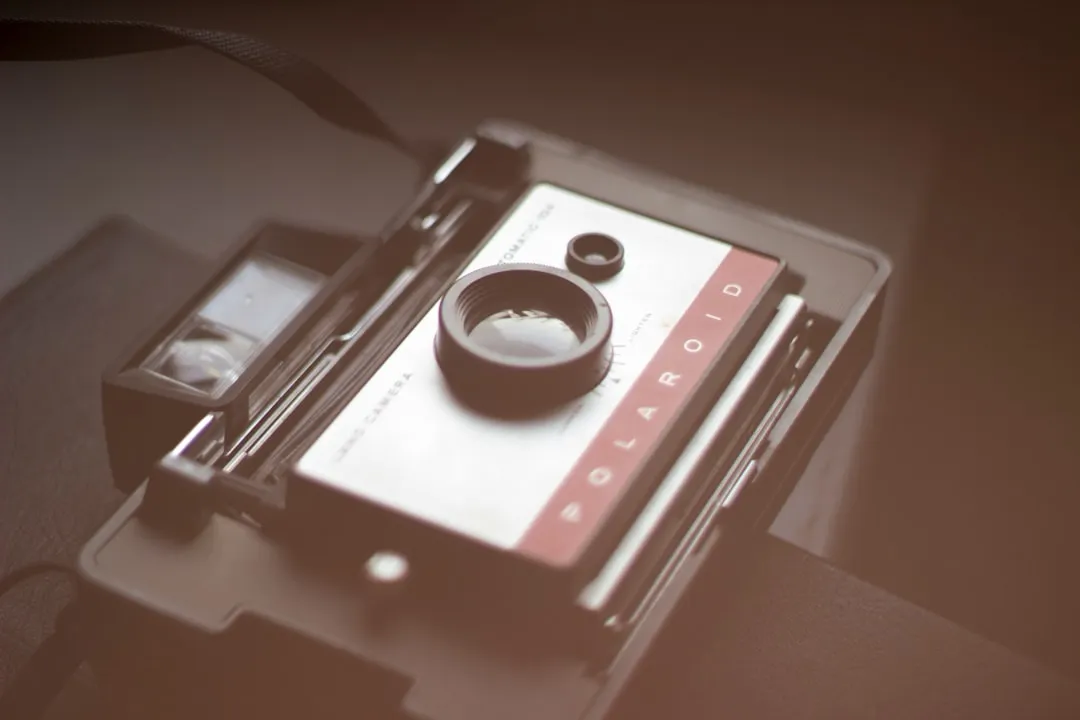
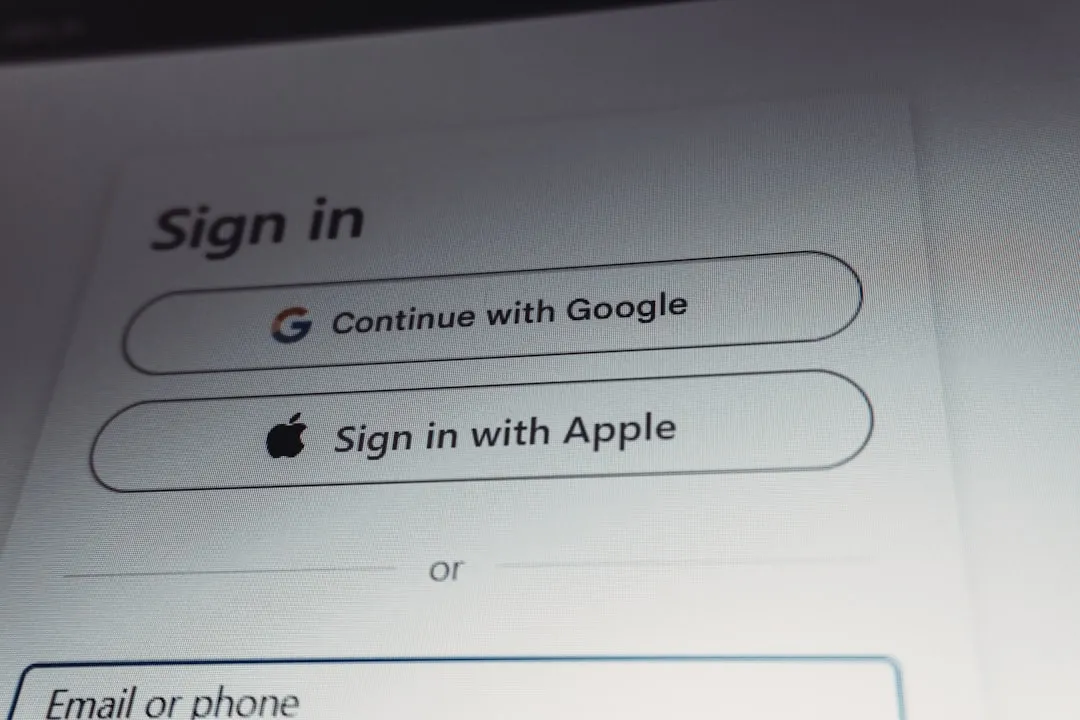

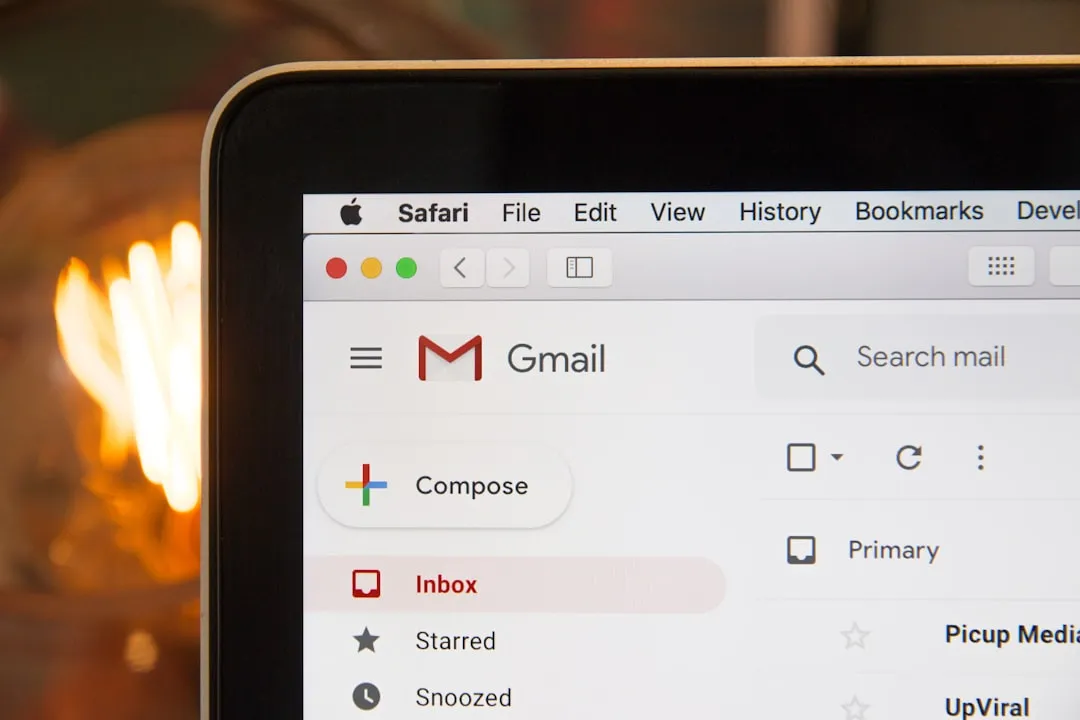
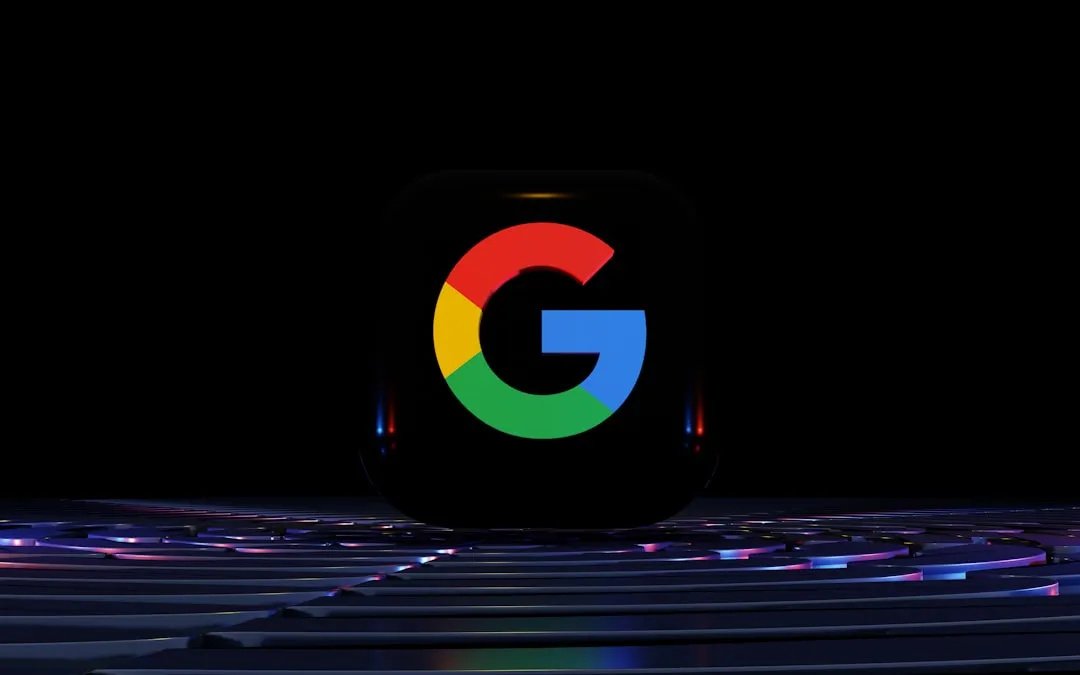
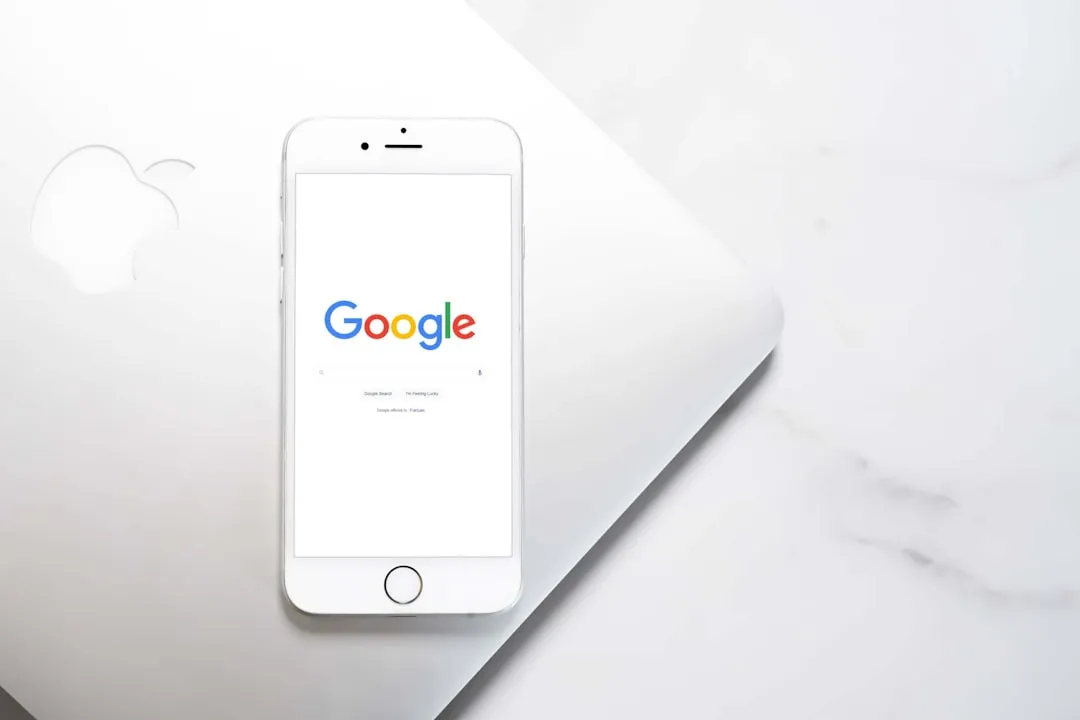
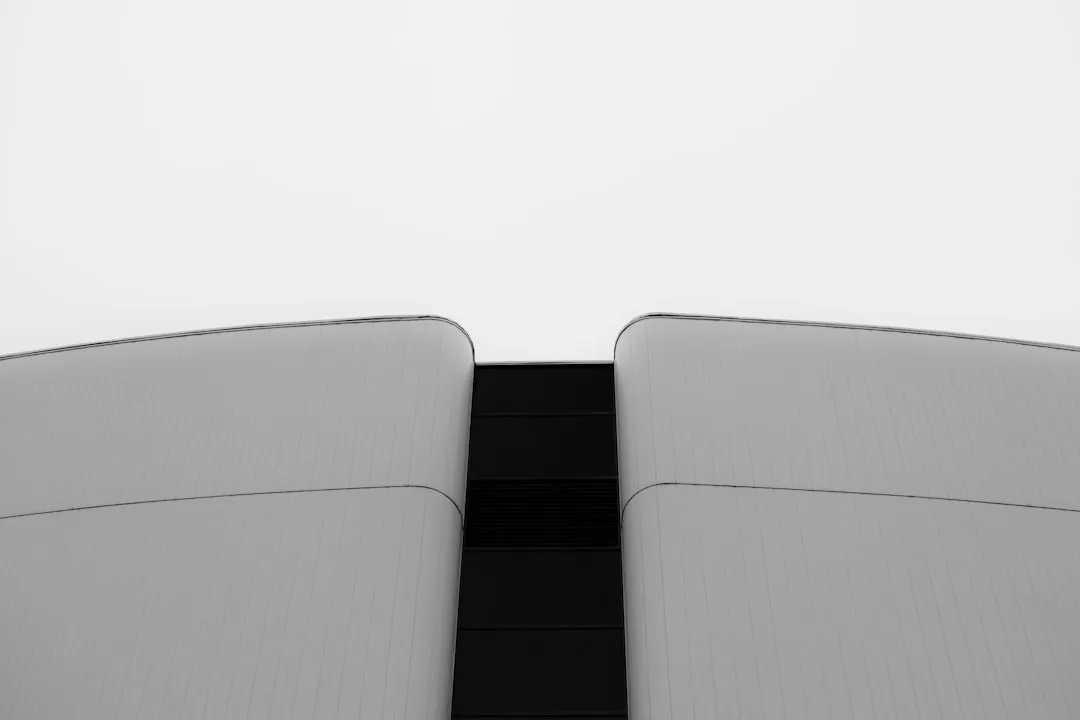
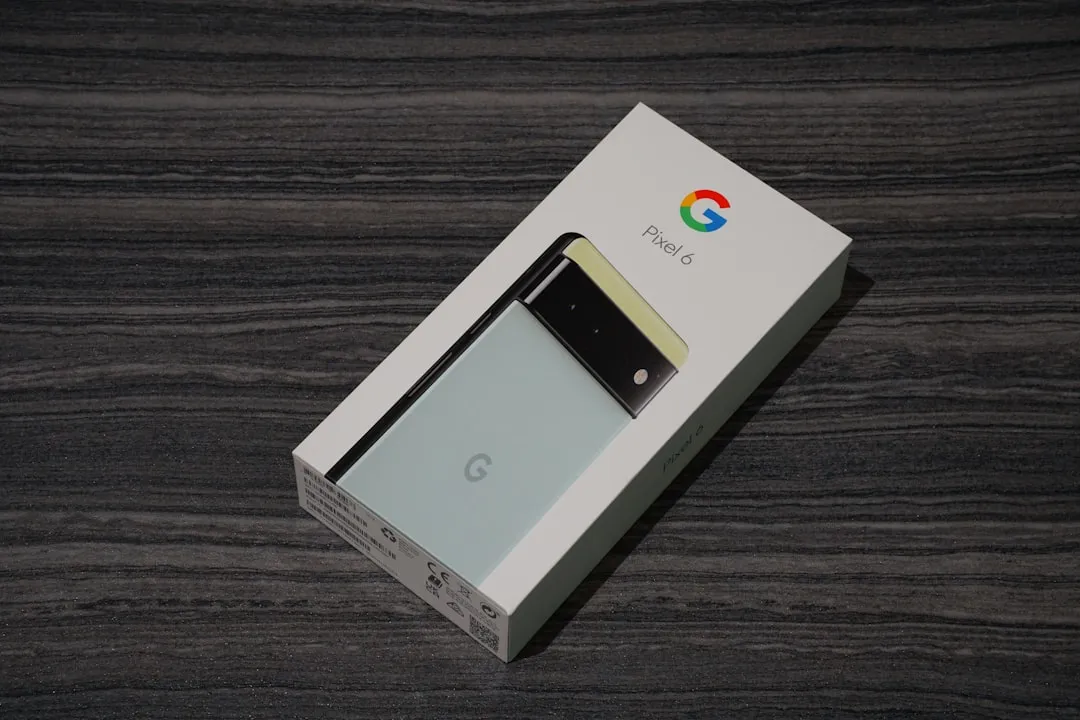
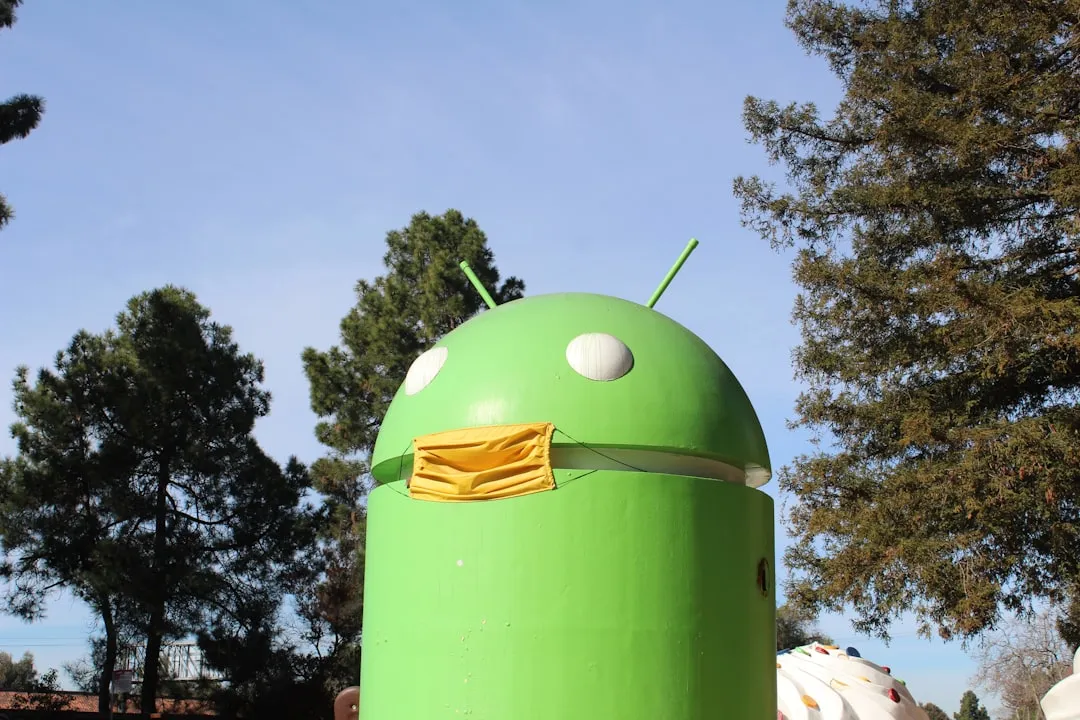
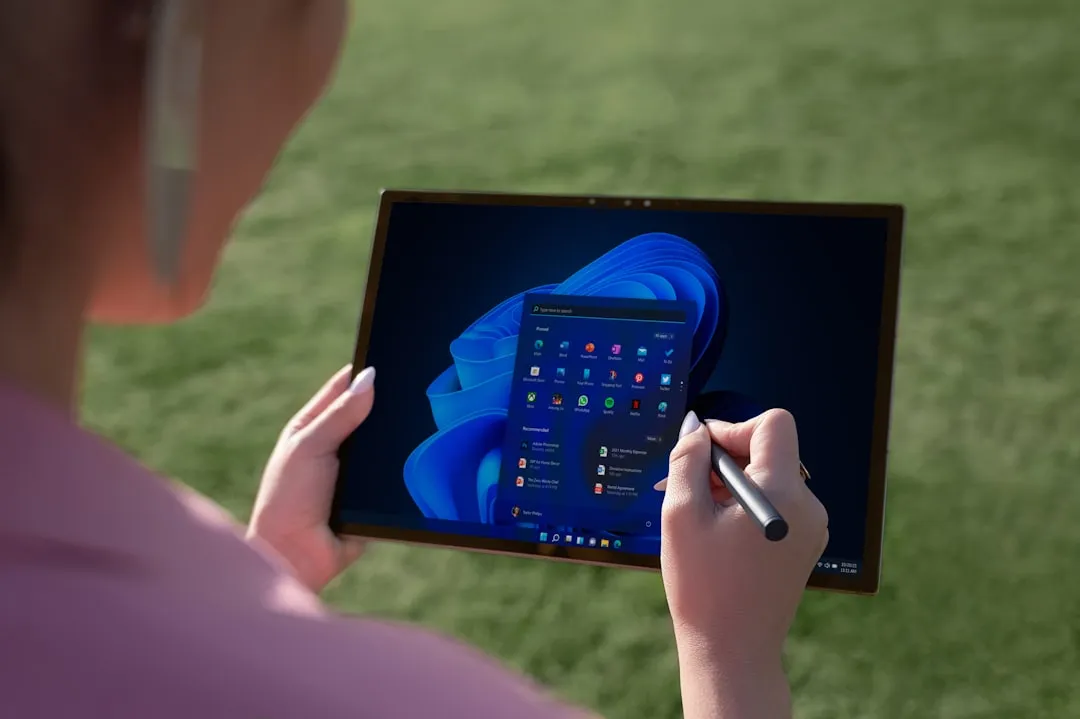
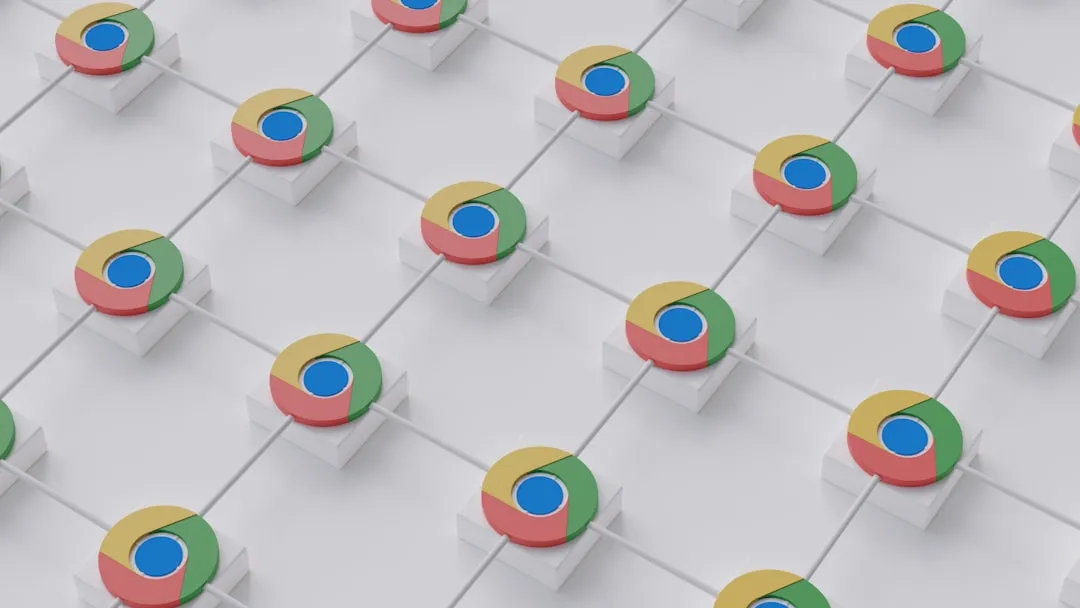

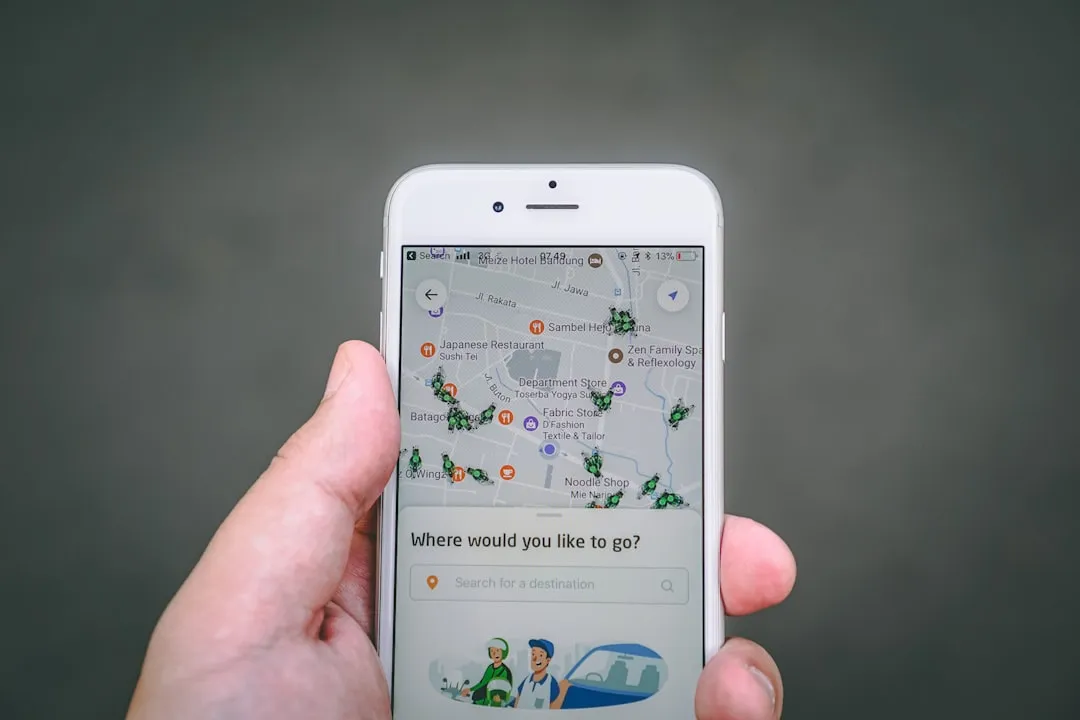
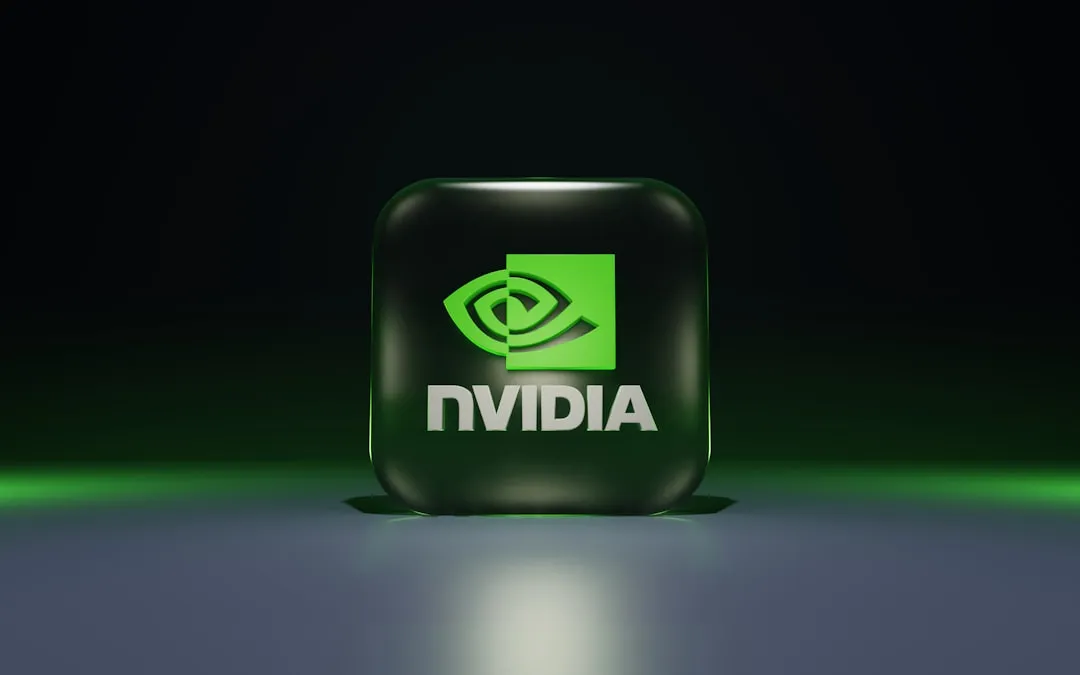

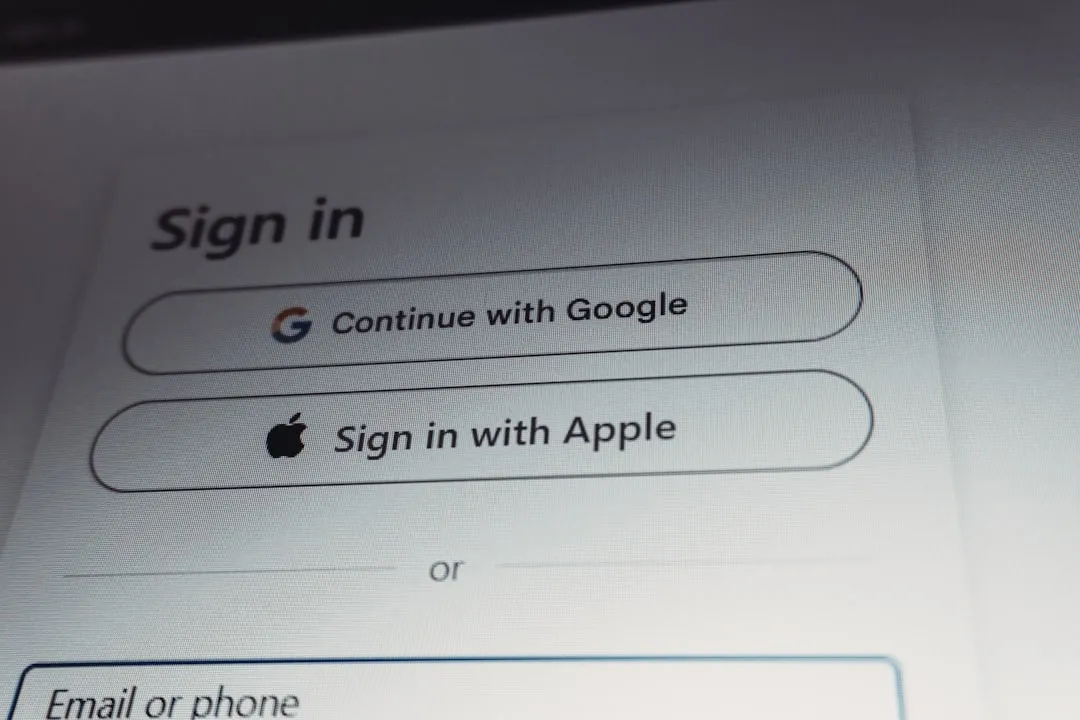
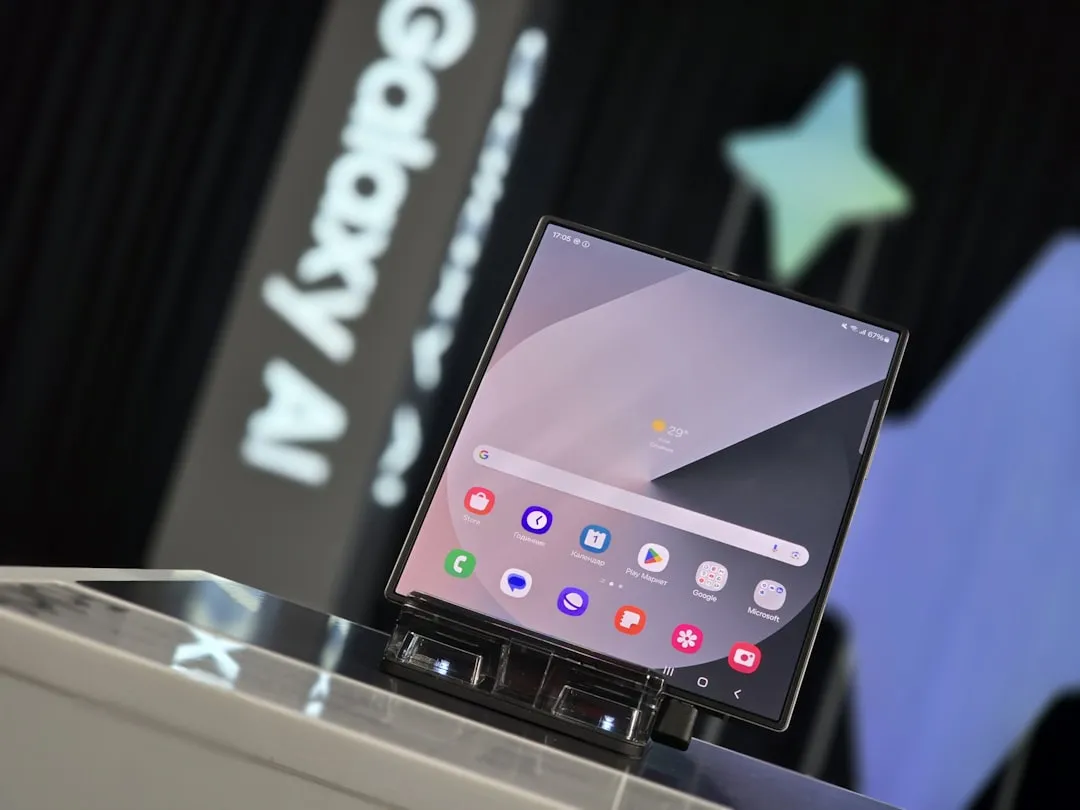
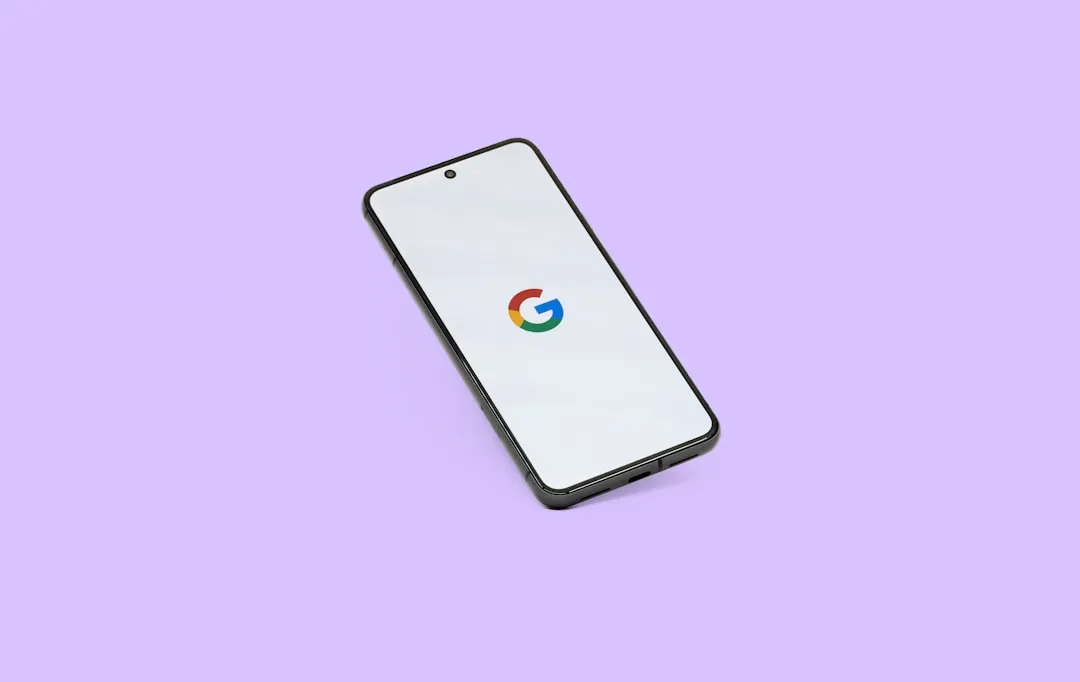

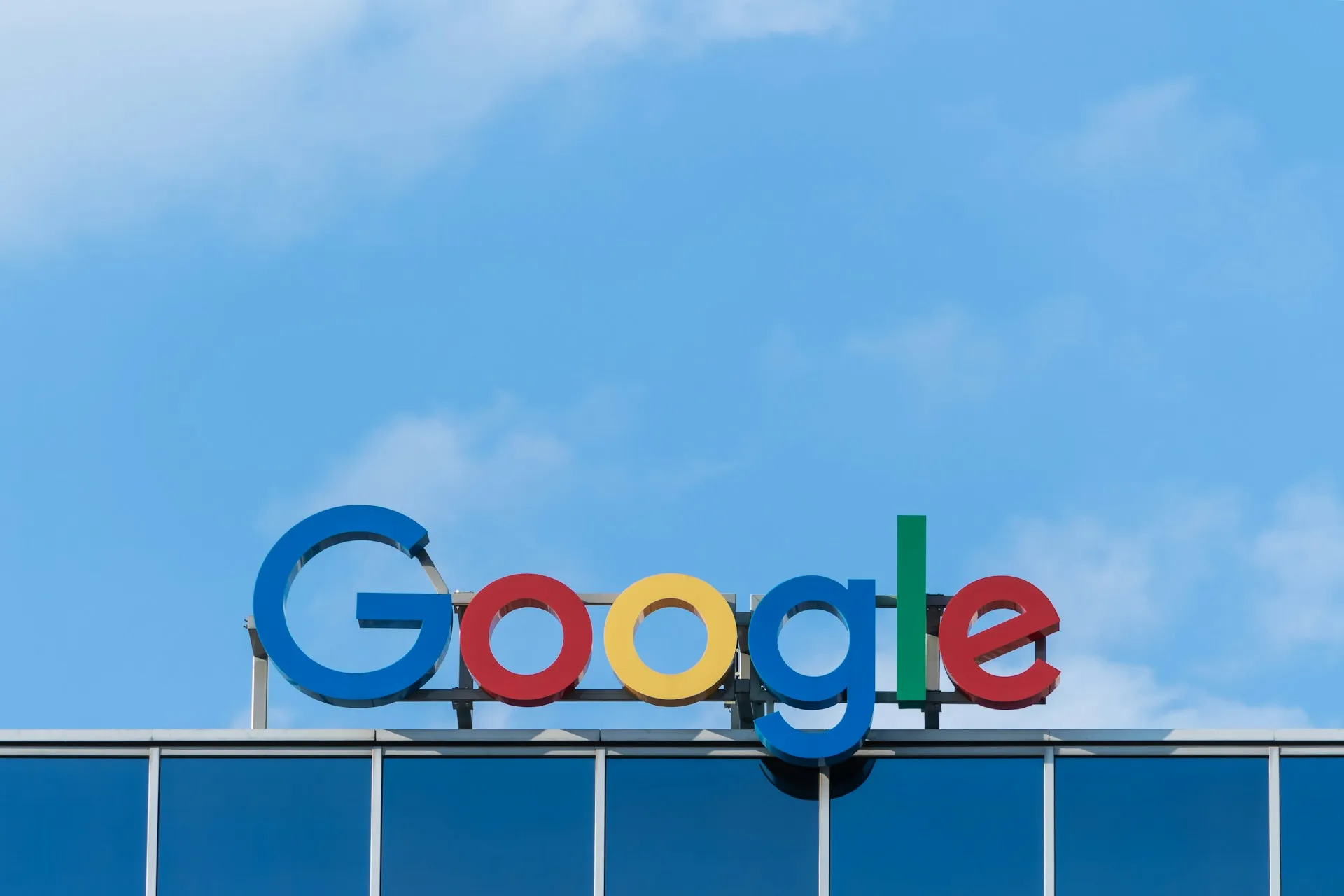
Comments
Be the first, drop a comment!